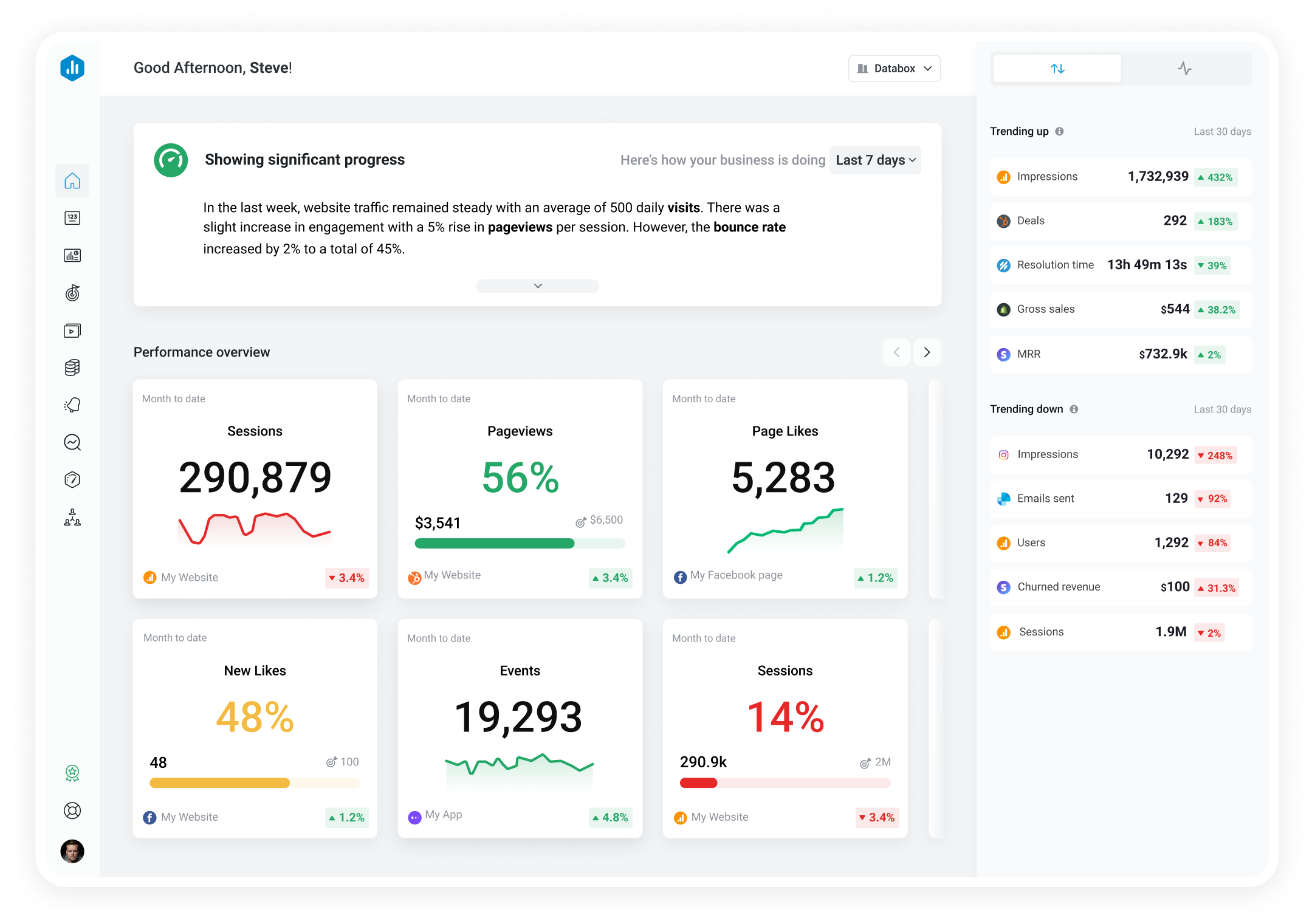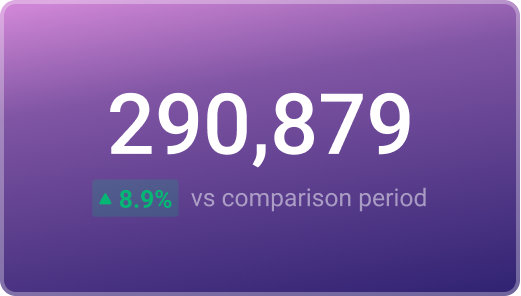Track all of your key business metrics from one screen
GET STARTED
 Xero
Total Operating Expenses (Budget)
Xero
Total Operating Expenses (Budget) Total Operating Expenses (Budget) is a financial metric that represents the total estimated amount of money a company plans to spend on its operating expenses over a given period, with the purpose of controlling and predicting costs in the short and long term.
With Databox you can track all your metrics from various data sources in one place.

Used to show a simple Metric or to draw attention to one key number.
Databox is a business analytics software that allows you to track and visualize your most important metrics from any data source in one centralized platform.
To track Total Operating Expenses (Budget) using Databox, follow these steps:
 Goals
Goals Scorecards
Scorecards Metric Digest
Metric Digest Metric Builder
Metric Builder Data Calculations
Data Calculations Performance Screen
Performance Screen